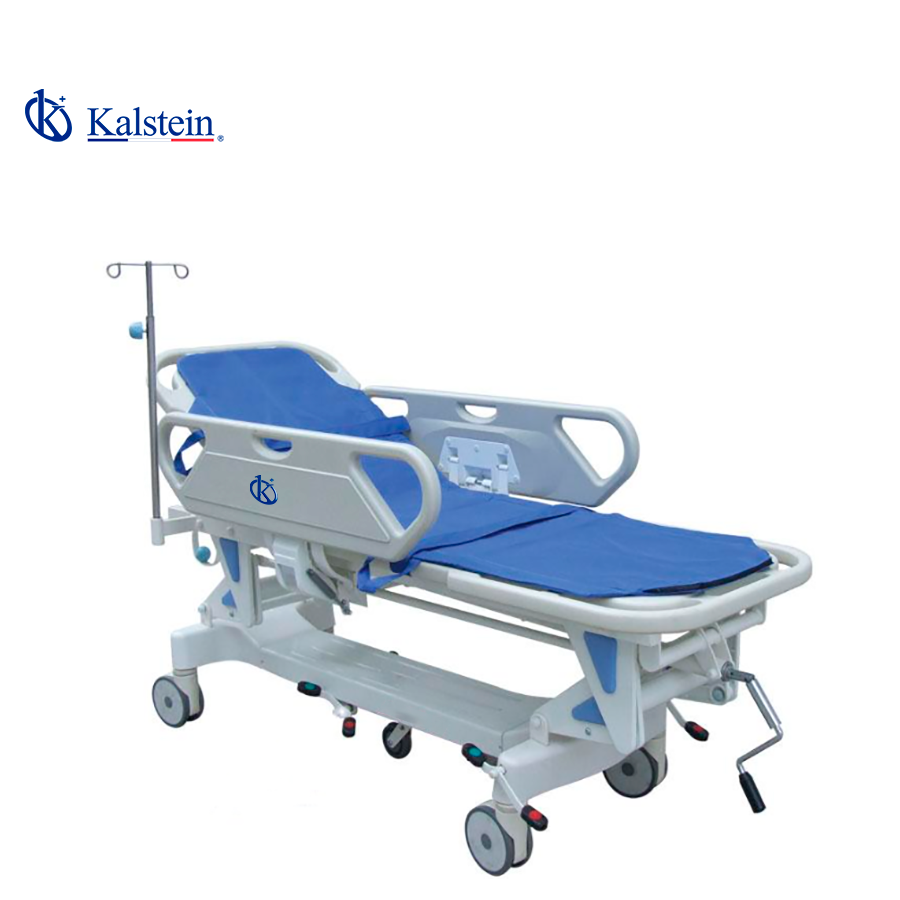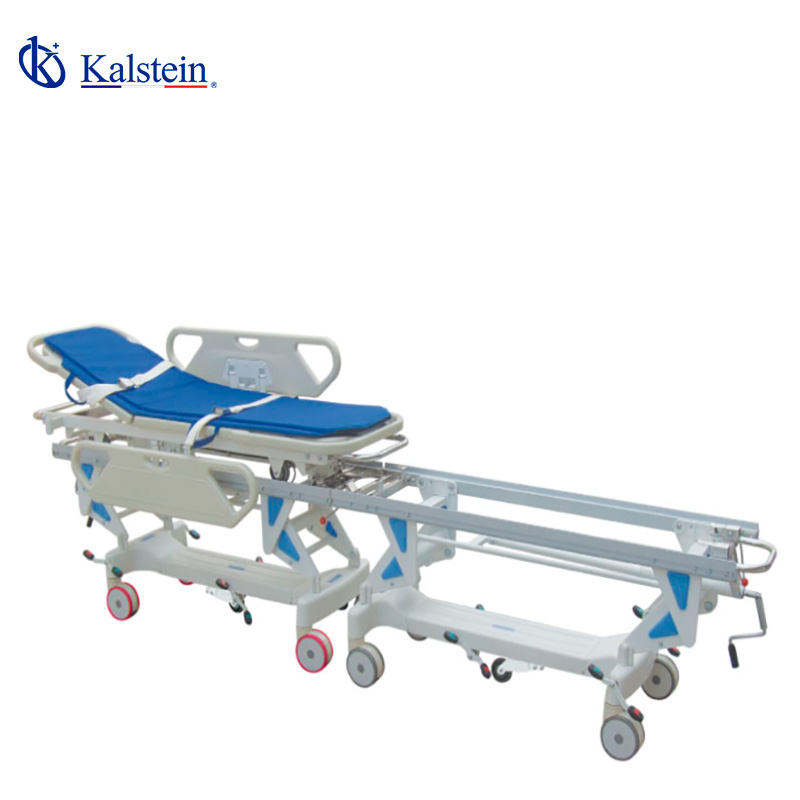The refractometer is an instrument that is used in laboratories to obtain sugar levels, sodium chloride, degrees Brix expressed in percentage (%), fructose, glucose in syrups, oils, juices, among others. This new equipment calculates the refractive index of light passing through the sample and correlates the values in scales, demonstrating that a certain amount dissolves in it, and converts it to dense, and its optical properties are altered, all this corresponds to the speed at which light passes through the substances and determines how much is refracted or bent.
The advantage of this technique is that it is easy to operate the equipment, using optical methods to determine the propagation of visible light in the air and that of a composite medium related to its density, allowing to determine the concentration of aqueous solutions.
Refractometer performance
The use of the refractometer is based on the changes in resolution or velocity that electromagnetic irradiation perceives when passing from one medium to another, leaving as a consequence its participation with particles and elements of the other medium. All this is manifested in a differentiation in the diffusion orientation and the relative measure between two media, taking a fixed one as reference “N” of refraction and expressed in the air. Therefore “N” is the optical base system that measures the angles that deviate in the radiation, using bonuses of illumination on which it is maintained and a mobile one where it is refracted. These are surrounded by flows of thermostatic water where the temperature influences the measurement variables.
Therefore, the reason for use of refractometers in samples is of paramount importance to analyze the samples with sucrose content in food.
They are characterized as follows:
- They have rush where samples are stocked
- They have calibration settings
- They record the reflection of light through the mirror-like tubes
- It has an optical lens for looking at and measuring scales
- Enables process offsets to increase product production
- It has protection against changes in temperature.
- It’s accessible to labs
- It allows to be applied for multiple media without any inconvenience.
Functions of Food Refractometers
Refractometers are equipment specialized in quality control in the food industry. This team measures sugar levels in foods, such as juices, honey, and milk. They work with Brix scales, digitally and are used as a portable format that records the levels of sucrose present in the samples, in fractions of seconds.
Its main function, in liquid solutions such as juices, light passes through the air and then through the sample allowing the rays to bend, and in this way measure the sugar levels, which causes sucrose causing the refractive changes.
The Brix scale, delimits the content in aqueous solutions where 1g of sucrose per 100, and corresponds to 1% on that scale, which means that by analyzing a sample when it has 15° Brix, it can be said that the sample contains 15% sucrose.
These measures are used to measure the quality of products in the food industry, in the agricultural, chemical and manufacturing sectors, as well as in the research and development lines of new products.
Kalstein refractometer
We at Kalstein invite you to know our wide range of excellent quality laboratory equipment, fully trained for the entire industrial sector. And this time, we offer you the Refractometer, ideal for laboratories. The same, corresponds to the YR series, and the models are designed to calculate the concentrated levels of sugar in various solutions. It offers a measuring range from 0 to 92% as a minimum scale. It is portable, easy to use, elegant, anatomical and very comfortable. For this reason, if you want to know more about our catalog, HERE



